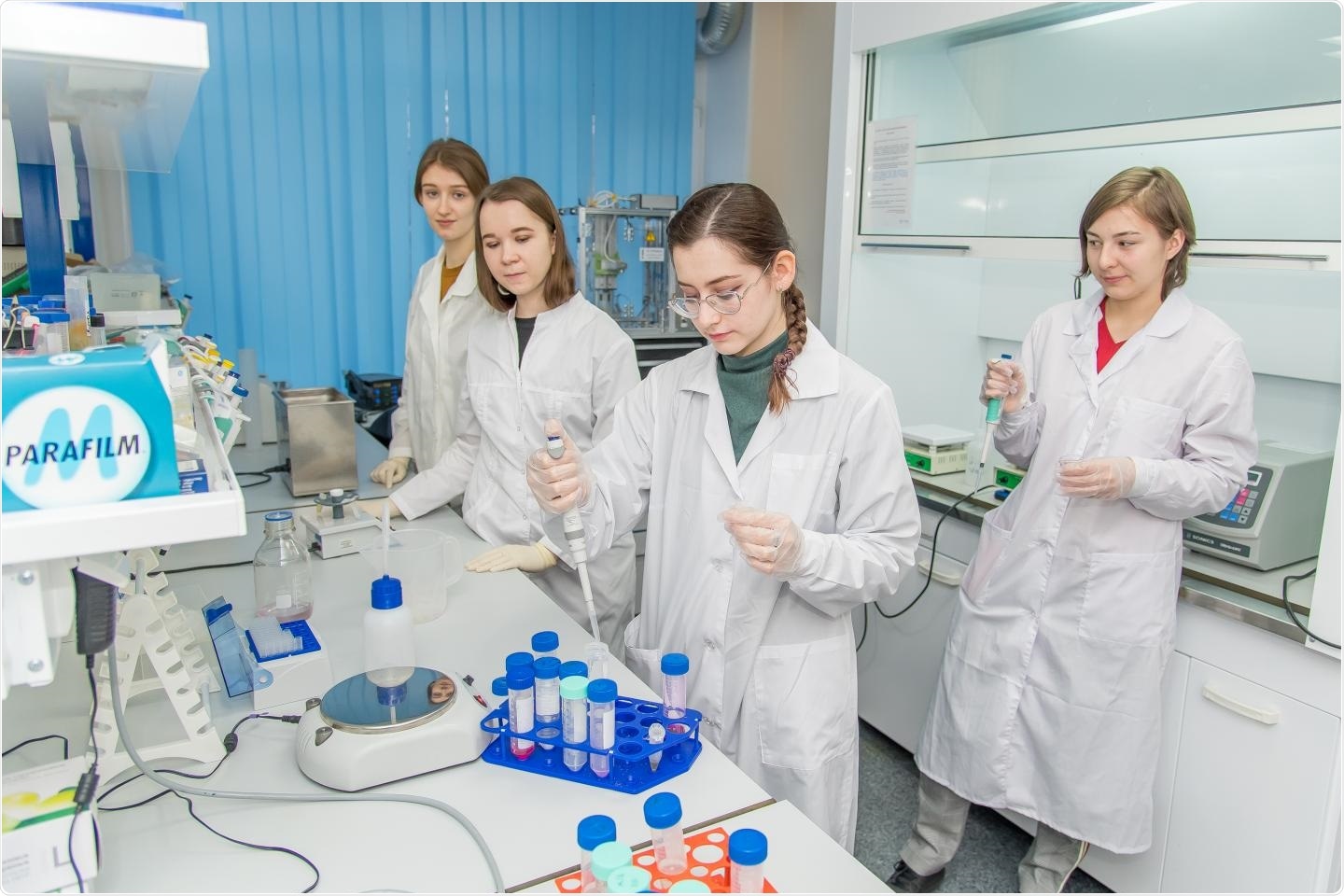A group of scientists from Peter the Great St. Petersburg Polytechnic University (SPbPU), in association with collaborators from Belgium, has taken a step in the advancement of genome editing technologies.

Researchers take a step in the development of genome editing technology. Image Credit: Peter the Great St. Petersburg Polytechnic University.
Today, genetic material of varying structures and sizes could be delivered to tissues and organs. This is the key to removing DNA defect and treating more numbers of patients.
The study was headed by Professor Gleb Sukhorukov and funded by the Russian Science Foundation. The study findings have been published in the journal, Particle & Particle Systems Characterization.
An international team of researchers has created a polymer carrier that has several unusual properties, for example, different kinds of genetic material can be easily loaded into its structure.
Specifically, the researchers were able to load different sizes and structures of genetic material into “universal containers,” that is, from messenger RNAs (mRNAs) to small interfering RNAs (siRNAs). The team has, thus, demonstrated the efficiency of delivery on human stem cells.
Nowadays most of the vaccines, including those for COVID-19, are made on the basis of mRNA. This is a kind of “genetic SD-card” with information which activates human immune system, thus teaches it how to deal with the “enemy proteins” of the virus.”
Alexander Timin, Head of Laboratory for Microencapsulation and Controlled Delivery of Biologically Active Compounds, St. Petersburg Polytechnic University
Timin added “Typically, for medical purposes, different types of carriers are used to deliver specific molecules, we proved that it is possible to deliver genetic materials of different sizes using one type of carrier. This technology opens up new horizons for the development of non-viral delivery systems.”
The researchers further added that a micron-scale carrier with built-in genetic material could be delivered locally, that is, directly into the tumor focus for cancer, or through systemic administration.
The study is conducted jointly with the Raisa Gorbacheva Memorial Research Institute of Children Oncology, Hematology and Transplantation, which provided the patients' mesenchymal stem cells (cells building organs and tissues) for the experiments. In the future, we plan to conduct experiments on tumor-bearing laboratory animals in order to find out how the genetic material delivered to the tumor will be managed.”
Igor Radchenko, Director, RASA-Polytech Center
Source:
Journal reference:
Tarakanchikova, Y. V., et al. (2020) Layer‐by‐Layer‐Assembled Capsule Size Affects the Efficiency of Packaging and Delivery of Different Genetic Cargo. Particle & Particle Systems Characterization. doi.org/10.1002/ppsc.202000228.